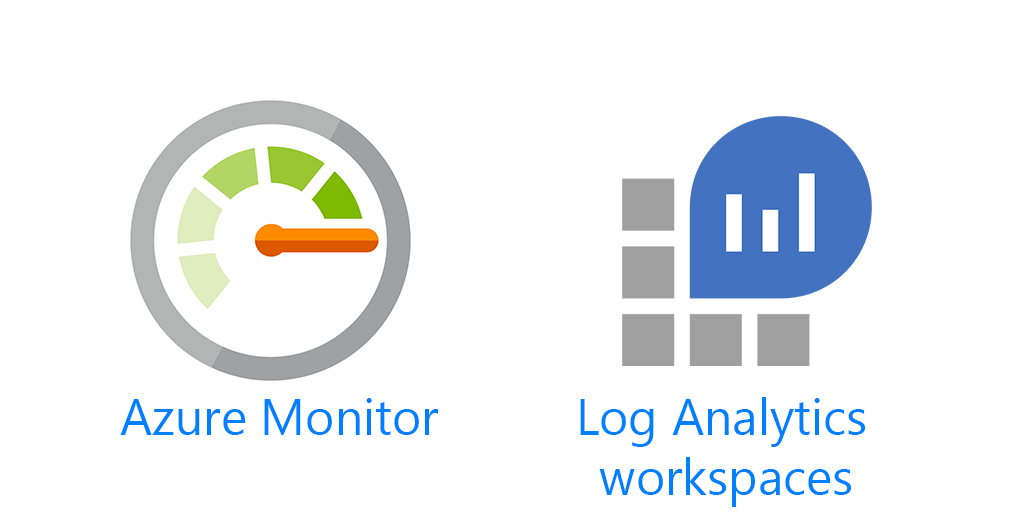Azure Monitor - Log Analytics (part 1 of 4)
Introduction to Azure Monitor Log Analytics
An Azure Analytics workspace can be created with the help of Azure subscription which is entirely based on a specific geographic location that can tie the data storage to that region. The region selection can be based on your required data storage location and also impact the costs related with both Log Analytics and Azure Sentinel.
After creating the workspace, it can collect the information from several different sources like:
- Azure resources in the same subscription
- Azure resources in different subscriptions
- Data from other cloud services (such as Amazon Web Services, and Google Cloud Platform)
- Data from your private data center (on-premises or third-party hosted)
- Data from on-premises resources (through secure internet connections)
- Data from IoT and industrial control systems
Log Analytics services can manage your data in a secure cloud data repository while making sure that it is secured with multiple layers of protection including the following:
- Data segregation and isolation, with geographic sovereignty
- Data retention and deletion policies, per data source type
- Internationally certified standards for physical security, inherited from the Azure subscription (commercial and government)
- Microsoft-managed incident management processes
- Certified conformity to multiple compliance and regulatory standards
- Secure channels for sending data to Log Analytics: certificate-based authentication, and SSL via port 443
- Workspace and role-based access permissions, managed by the customer
Planning a Workspace
- The name of the workspace- It should be unique and describe the types of services offered by a particular workspace just by looking at it. It is recommended to use your company's name and the word "Sentinel" in the name.
- The subscription the workspace belongs to- You should create a separate subscription only for Azure Sentinel to limit its access or you can also choose an appropriate subscription for it.
- The location of the workspace- The workspace should be located in the same place as the resources to prevent egress charges for sending the data from one location to another. There also might be some laws to denote where the data must reside.
- Which resource group will the workspace reside in- All the Azure Sentinel resources should be located in the same resource group, however, it is not mandatory and will not affect the performance of Azure Sentinel at all.
- Which pricing tier to use- If the workspace being used is created before April 2, 2018, or the subscription is a part of an Enterprise Agreement before February 1, 2019, then legacy pricing tiers will be used otherwise, only per GB (2018) is permitted and charges will be for ingestion and retention per GB.
By planning your workspace in advance you ensure the selection of a unique as well as meaningful name, the proper location to avoid egress charges, the correct resource group, and other decisions that will prevent you from frustration or complete rework later.

Comments
Post a Comment